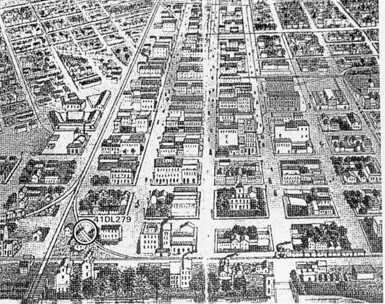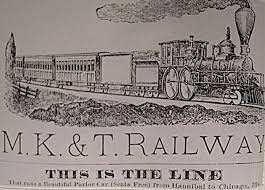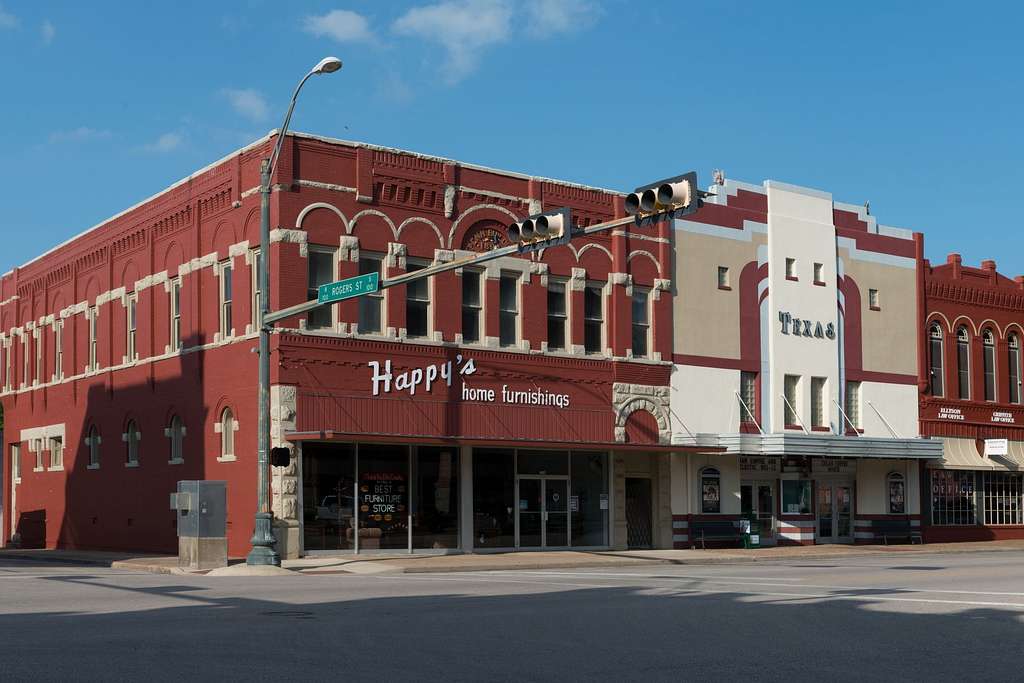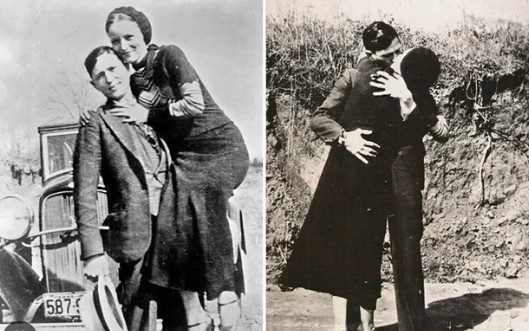This relatively young city is located in the northeastern part of Texas. In the early 1990s, it was called North Texas’s Silicon Prairie. It is the most criminal city among the most populated cities in the USA. It also has the largest number of shopping malls per capita. This is a city of many faces. This is Dallas.
In this article, we will introduce you to the history of such a multifaceted city. Learn more at dallas-future.
Beginning

The history of the city began with the establishment of a small trading post on the Trinity River by John Neely Bryan. Before that, these lands belonged to the Anadarko Indian tribe.
A year later, several people settled at the place of the trading post. Some kind of a small community. Then the place began to be called Petra. In 1845, the settlement was named Dallas.
The researchers have different opinions about the origin of the city name. There are three official versions:
- The city was named after Vice President George M. Dallas, who was born in Philadelphia, Pennsylvania.
- The city was named after the vice president’s brother Commodore Alexander James Dallas or the brothers Walter R. Dallas and James R. Dallas.
- It was named in honor of the Dallas village in Scotland.
There are many theories, but nobody can prove one of them.
Having received its name, Dallas existed in the status of a settlement. It received the official status of a city only on February 2, 1856.
Development

The city began to develop with the advent of the railway. In particular, because of the civil war. During that period, Dallas became a supply center for troops. Logistics couldn’t develop without the railway. The first line was laid through the city in 1871 and then followed by another one. Dallas became an industrial city, attracting workers from the South, Midwest and Texas.
Large industrial center

In the early 20th century, Dallas became a center for the cotton, bison, and grain trade due to its favorable trading location. Following merchants, the first banks and insurance companies began to appear in the city as well.
The tallest skyscraper in the state at that time was built in this very city. The 15-story building was erected in 1909. In 1930, researchers discovered oil 160 km to the east of Dallas. Thus, the flow of money to the city increased.
A number of roads were built in Dallas to connect the railroad with the navigable Trinity River. The river transport connection going down to the bay was established too. The trade was developing with each expansion.
In 1958, an employee of Texas Instruments, Jack Kilby, invented the integrated microcircuit.
In the 1980s, oil production moved to Houston and Dallas, in turn, became a growing center of information and technological breakthroughs. Since 1990, Dallas has been called North Texas’s Silicon Prairie. The construction of an airport near the city made it an ideal place for trade, contributing to the economic development of the city and the state as a whole.
Cultural life in Dallas

A union of European artists and musicians founded a commune near Dallas called La Réunion in 1855. When it was closed, most of the artists moved to the city and established the artistic Deep Ellum neighborhood, not far from the downtown. Dallas has a strong theatrical tradition. The city has a mobile stage and music can be heard in all its corners.
Along with the commercial development of the city, the cultural life of its inhabitants changed as well. Thus, wealthy residents created a racetrack for purebred horses. The Dallas Jockey Club was formed too.
Criminal Dallas

Along with the economic and industrial development of the city, crime rates also increased. In 1930, such famous criminals as Clyde Barrow and Bonnie Parker were active in the city. You can learn more about the story of the Dallas criminal couple in love by watching the 1967 movie Bonnie and Clyde.
World wars period
During the Second World War, Dallas produced a lot of military equipment for the country and the allies. The Ford plant, which was located in the eastern part of the city, produced 94,000 cars and 6,000 military trucks. North American Aviation alone produced 18,000 aircraft at its Dallas plant.
The war contributed to the growth of the city because it stimulated the development of the local industry. When it ended, many information, communication and production centers remained in Dallas and continued to develop the city.
Assassination of the President

The 25th President John Kennedy visited Dallas as part of the election campaign on November 22, 1963. The president’s motorcade moved along Elm Street near the Texas School Book Depository. Several shots were fired from the sixth floor of this building, which turned out to be fatal for John Kennedy.
Dallas in the 21st century

Dallas continues to be North Texas’s Silicon Prairie. More than 5,700 companies of various profiles are located in the huge Dallas-Fort Worth Metroplex.
Dallas is the 3rd largest city in the state and the 9th most populous city in the United States. As of 2020, the population of the city was 7.5 million people. It is ethnically and religiously diverse. The city is also home to the LGBT community.
The dominant sectors of the city’s economic development are IT, defense, transportation, telecommunications as well as financial and economic services.
As of 2022, 23 of Fortune 500 companies hosted their headquarters in Dallas.
This large city with a great history continues to develop the country’s economy. This is a city of diversity, big money, opportunities and risks.